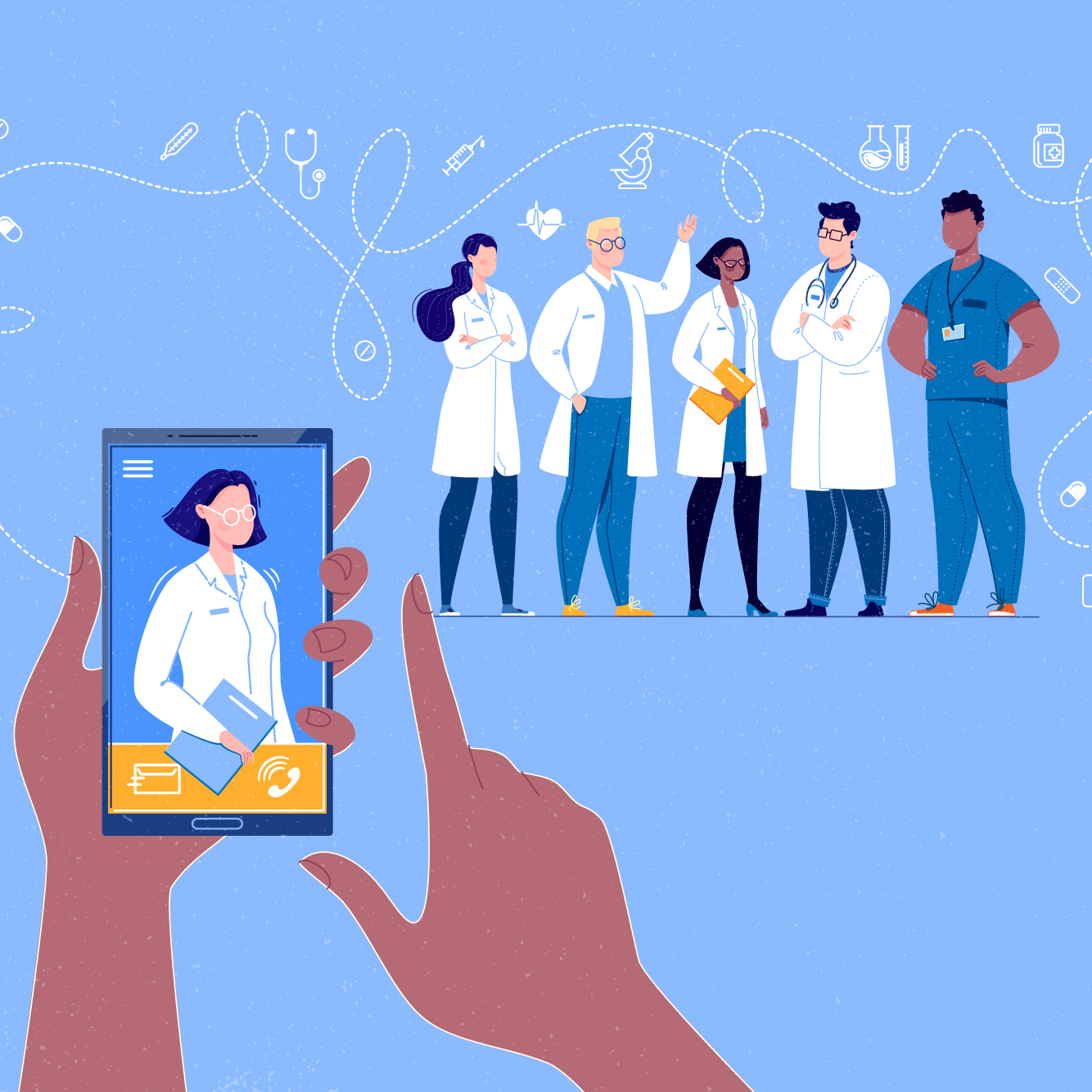The seventh annual Johns Hopkins Hexcite (Excited for Healthcare) introduced four new digital health innovations to a panel of judges and more than 100 virtual attendees on May 6, 2022. Sponsored by the Johns Hopkins Technology Innovation Center in collaboration with John Hopkins Technology Ventures, Hexcite showcases the results of a 16-week training program for Johns Hopkins teams on how to take a software idea from concept to market.
After the audience and the panel of judges heard from each team, they voted for their favorite solution to improve patient care. In past years, innovations introduced at Hexcite have had subsequent commercial success. A company named Rose, which was in the 2020 group, developed a software that is being used by mental health clinicians to gather daily assessments from patients, share educational content and conduct telehealth appointments.
Analyzing Images to Diagnose Strep Throat
First up on the virtual stage was Curie Dx, a group led by Therese Canares, assistant professor of pediatrics at Johns Hopkins Children’s Center and director of Pediatric Emergency Digital Health Innovation. Because strep throat can be difficult to diagnose via telemedicine, the team devised an algorithm to evaluate the condition via a cell phone image. Early testing shows the software is highly accurate; the team expects the technology will also apply to urinary tract infections and pink eye.
Connecting Students to Health Services
Next was Albright, a team that includes Luke Kalb, assistant professor in the Department of Mental Health at the Johns Hopkins Bloomberg School of Public Health. Because counseling services across universities are in such high demand, Albright has devised web-based applications for students to easily connect and engage with a variety of their school’s health resources. The technology enables students to make and manage appointments for mental health needs as well as social, physical, spiritual and financial needs; give star-ratings for the services; and comment on their experiences.
Gathering Vital Signs Without Extra Equipment
The third team to present, Video Vitals, was led by Anissa Elayadi, senior staff scientist at Johns Hopkins Applied Physics Laboratory. Instead of connecting extra equipment to a desktop or mobile device to gather vital signs during a telehealth visit, Video Vitals’ approach takes advantage of equipment that most people already have — the camera on a tablet or phone. Using 30 seconds of self-recorded video, an algorithm calculates the patient’s temperature, blood pressure, heart rate, blood oxygenation levels and respiration.
Adding Accuracy to Surgical Procedures
The final group on stage was Surgeon MR, a team led by Ehsan Azimi, assistant research professor at the Department of Computer Science. Surgeon MR aims to make surgery safer by using augmented reality goggles and a CT scan to precisely guide neurosurgeons during a procedure to place a catheter in the brain. First, a CT scan is uploaded to Surgeon MR. Then, the team’s software overlays a line on the CT scan that shows the correct placement of the catheter. Lastly, the new image is sent to the surgeon’s headset for viewing during the procedure. This system may also prove useful for dental procedures, central line procedures and lumbar punctures.
After all the votes were counted, Curie Dx was declared this year’s winner.
For more information, visit Hexcite: Excited for Healthcare.

